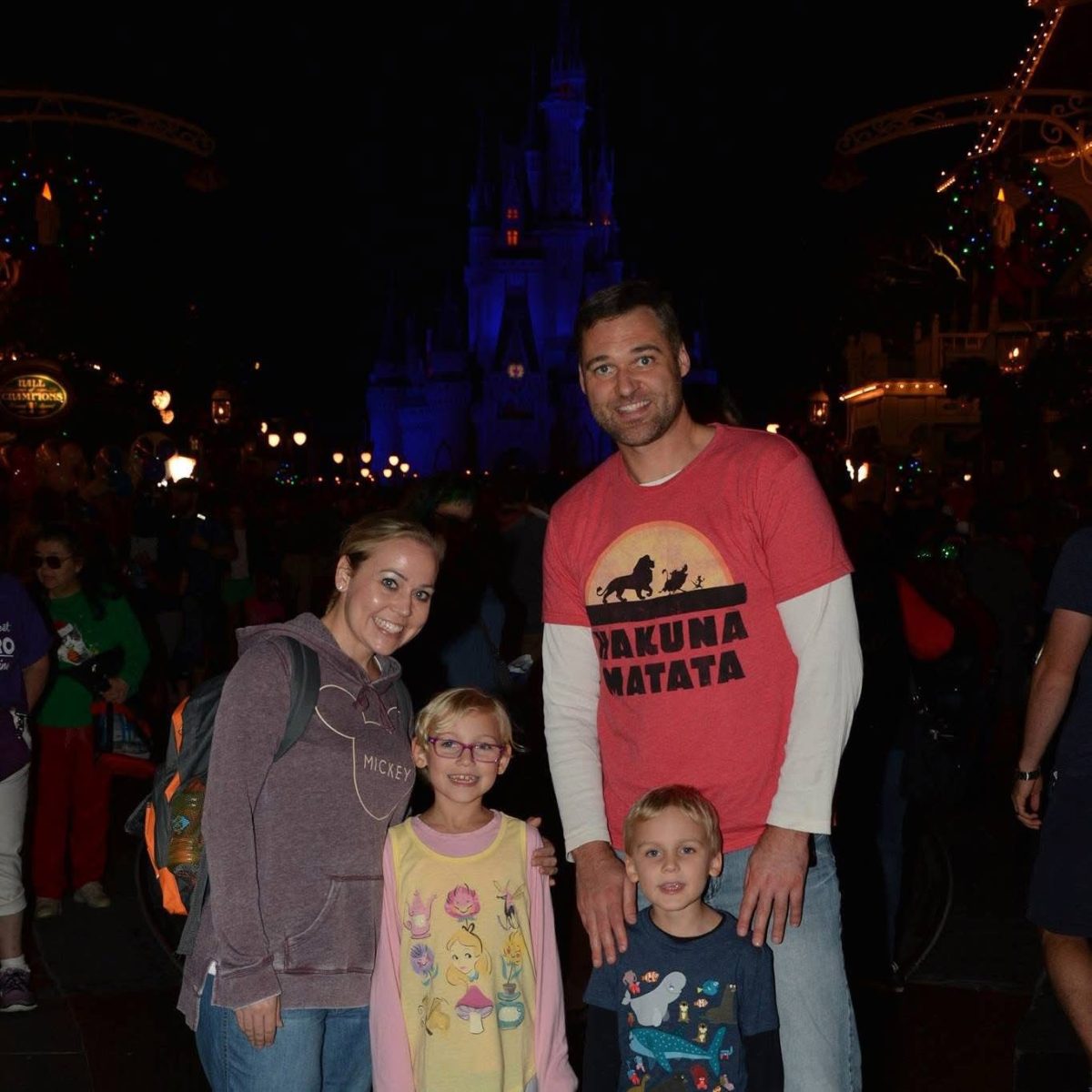Halloween is right around the cobwebbed corner, and with the approaching holiday comes all things eerily enjoyable. Kids are watching “Halloweentown” and “Hocus Pocus,” teens are carving pumpkins and picking apples and adults are searching the shelves for the best trick-or-treat candy.
But the impending question of the season is the same among all age groups: what should I be for Halloween? While I can’t answer what you should be, I can definitely answer what you shouldn’t be.
Unfortunately, some of these costumes have been worn in the past and that’s exactly where they should remain-in the past. Here are five Halloween costumes you should definitely not choose when racking your brain and Amazon for ideas.
1. Religious costumes: Sexualizing or demeaning members of a religious group is highly insensitive and should be avoided at all costs. Naming a nun costume “sinful sister” or labeling a flask with “holy water” belittles the beliefs of others and is extremely disrespectful. While scaring people on Halloween is always acceptable, insulting major groups of people is not.
2. Covid-19: A deadly pandemic that killed millions of people isn’t a costume; it’s a horrible disease that deeply affected the lives of many. While it’s okay to dress as generic nurses and doctors, anything resembling the virus or victims of the virus is highly inappropriate and insensitive.
3. Cultural stereotypes: Mimicking a culture that isn’t your own, especially in an over-exaggerated or “humorous” way, is cultural appropriation. Always avoid dressing in ethnic outfits that reference a specific group’s heritage. Insensitive cultural costumes are offensive to the history of specific groups of people and the struggles they have faced.
4. Zombie versions of dead celebrities: Many great Hollywood icons are no longer with us, and there is nothing wrong with wanting to honor your favorite celebrity this Halloween. Tape on some thick sideburns to pay homage to Elvis Presley or throw on an extravagant purple coat to mimic Prince but leave the blood and zombie makeup out of it. It is never okay to depict a person’s corpse as a Halloween costume.
5. Serial killers: The fascination of true crime is very prevalent in today’s society. While there is nothing wrong with researching and learning more about a crime in history, dressing up as those involved is extremely disgusting and can be triggering to victims of violent crimes. Instead of Ted Bundy, Jeffrey Dahmer or Jack the Ripper, keep to the strictly fictional characters like Chucky, Freddy Krueger or Frankenstein.
Just a general rule of thumb for costume shopping: if you’re questioning whether or not it’s offensive, then it probably is. Leave the tricky costumes to the clowns and witches and do your part to make Halloween night a treat for everyone.

















